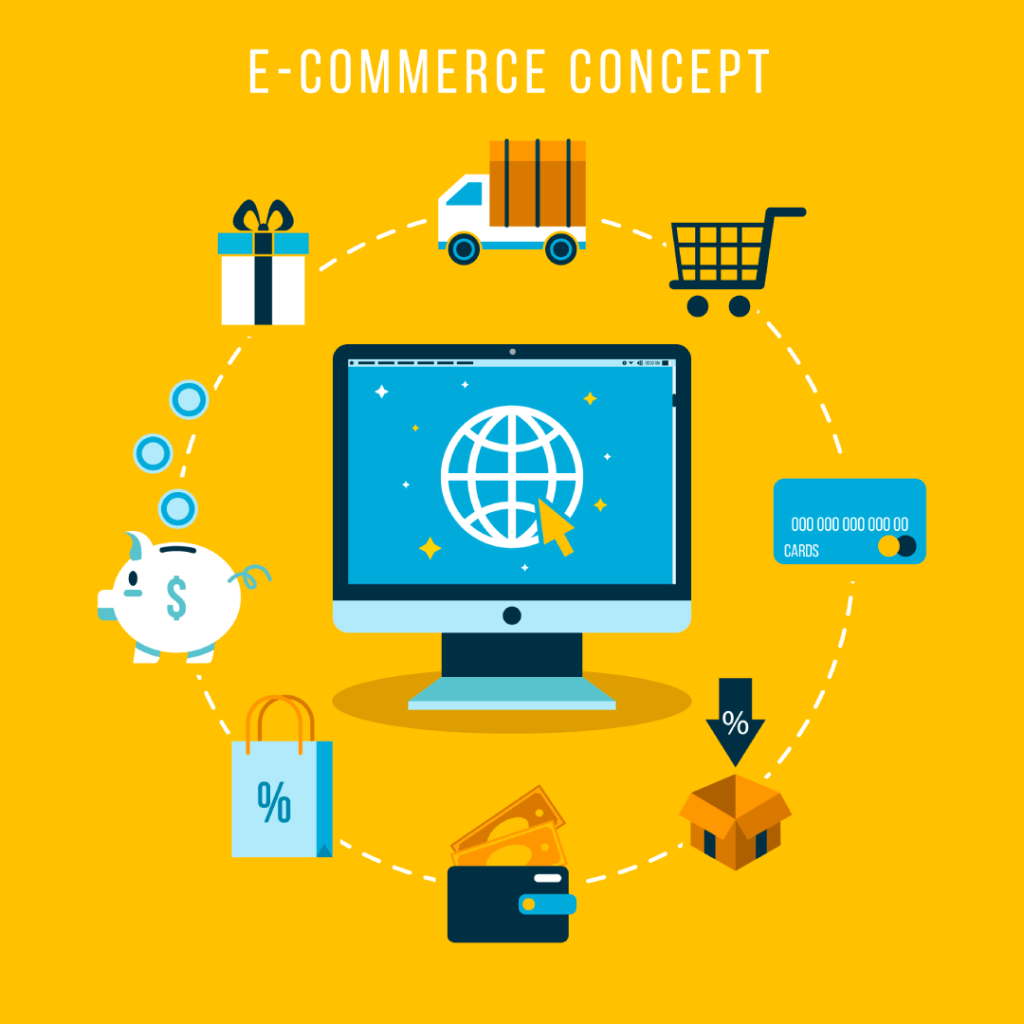The desire to expand internationally is a recurring theme in the experiences of the majority of developing e-commerce companies. Perhaps a few foreign orders arrive at first, or a consumer in a different time zone contacts customer service.
Then it hits you: we’re expanding globally and no longer only catering to local markets. Things frequently get complicated at that point.
All of a sudden, the reliable systems start to lag. You have trouble meeting multilingual demands with your shop. Your checkout isn’t regionally compliant or optimized for many currencies. The scaled fantasy becomes a logistical nightmare.
But here’s the good news: businesses around the world are powering through those barriers—and they’re doing it with the right strategy and the right platform. Adobe Commerce (formerly Magento) isn’t just a tool—it’s a launchpad for Global E-commerce Growth when implemented correctly.
So if you’re here looking to scale, simplify, and thrive on the global stage, you’re in the right place.

What is Global E-commerce Growth?
It’s not just a catchphrase. When your online store not only survives but flourishes in new areas, it is said to be experiencing global e-commerce growth.
Suppose if your brand begins to draw in clients from Brazil, Japan, and Germany. Are you prepared for it, though? Can you display pricing in euros or yen in your store? Can multilingual conversations be handled by your support staff? Are you prepared for regional tax regulations, unique shipping guidelines, or even distinct holiday shopping seasons?
The majority of stores aren’t. And that’s alright since being flawless right from the start isn’t the goal of global expansion. Building a system that enables you to expand and react swiftly while maintaining a localized experience—even while operating from a foreign continent—is the key.
Really, it’s an attitude. Globalization is a strategy, not an add-on, as growth-minded businesses are aware. And that approach is made feasible by the appropriate instruments.
Adobe Commerce: Built for Borderless Business
This is when the real deal begins. Adobe Commerce was developed with international business in mind, making it more than just another e-commerce platform. Like, truly made to make it easier for companies to operate across borders.
You receive:
- One backend for many shops. Do you wish to manage distinct websites for the US, UK, and Australia? Completed.
- Localization of currencies and languages—no more speculating about what your clients want.
- With integrated tax and compliance capabilities, you won’t be overwhelmed by paperwork.
- Quick speed, even internationally, so nobody has to wait ten seconds for a product page to load.
Seamless Implementation: The Secret Sauce to Success
Adobe Commerce is fantastic, but only when properly configured. And that’s where many companies make mistakes. Because how you utilize a tool determines how good it is.
You can’t anticipate magic by simply plugging it in. The actual work—and the reward—occurs during implementation. It concerns:
- Integrating all of your systems, including marketing tools, ERP, CRM, and inventories.
- Creating client journey maps for various nations.
- Ensuring that when a French user wants to use PayPal, the checkout process behaves properly in five different currencies.
- Educating your staff on how to utilize all of those global ecommerce growth features.
When done correctly, it’s fluid. No clumsy migrations. No clients have voiced concerns regarding missing data. Just a universally functional platform. If you’ve ever launched something that felt chaotic, you know how important this part is.
Future-Proofing Global E-commerce Strategy with Adobe Commerce
Alright, so your store is operational. What comes next?

Growth, however, never stops. The expectations of customers are always changing. Markets change. Technology evolves. And you’ll have to redo everything in a year or two if your system isn’t prepared to handle it. Which is no one wants.
Adobe Commerce development services assist you in being prepared by:
- Allowing you to update your frontend without affecting the backend by supporting headless architecture.
- Delivering AI-powered suggestions to increase conversions in various marketplaces.
- Adjusting to new digital trends and payment methods without requiring a lot of development work.
- Regular upgrades, security fixes, and access to a wider range of tools—from analytics to creative content management—are also provided since it is supported by Adobe.
Conclusion
Let’s be honest for a moment: international global e-commerce growth is not for the timid. It’s a bit of a beast, complicated, and disorganized. However, it’s also the most exciting potential now available to brands.
The secret? Ambition is not enough. You require a scalable platform, a team that understands it, and a methodical execution.
Webiators Technologies can help you if you’re unsure about where to begin. From planning to implementing Adobe Commerce with ease, we assist aspirational brands in expanding internationally without experiencing any difficulties.
FAQ’s
Ans: Absolutely. It’s built to localize the experience for different regions with multi-language support, currency switching, and local tax configurations.
Ans: Nope. It works just as well for ambitious mid-size brands looking to grow fast. The key is how you implement it.
Ans: It depends on the complexity of your needs, but a typical full-scale global setup takes 3–6 months with the right team.
Ans: Yes, and Adobe Commerce supports smooth migrations from Shopify, WooCommerce, and others. With a proper strategy, you won’t lose data or customers.
Ans: It helps to have a dev team or partner, especially for advanced customizations. But the platform is super manageable once it’s set up correctly.


